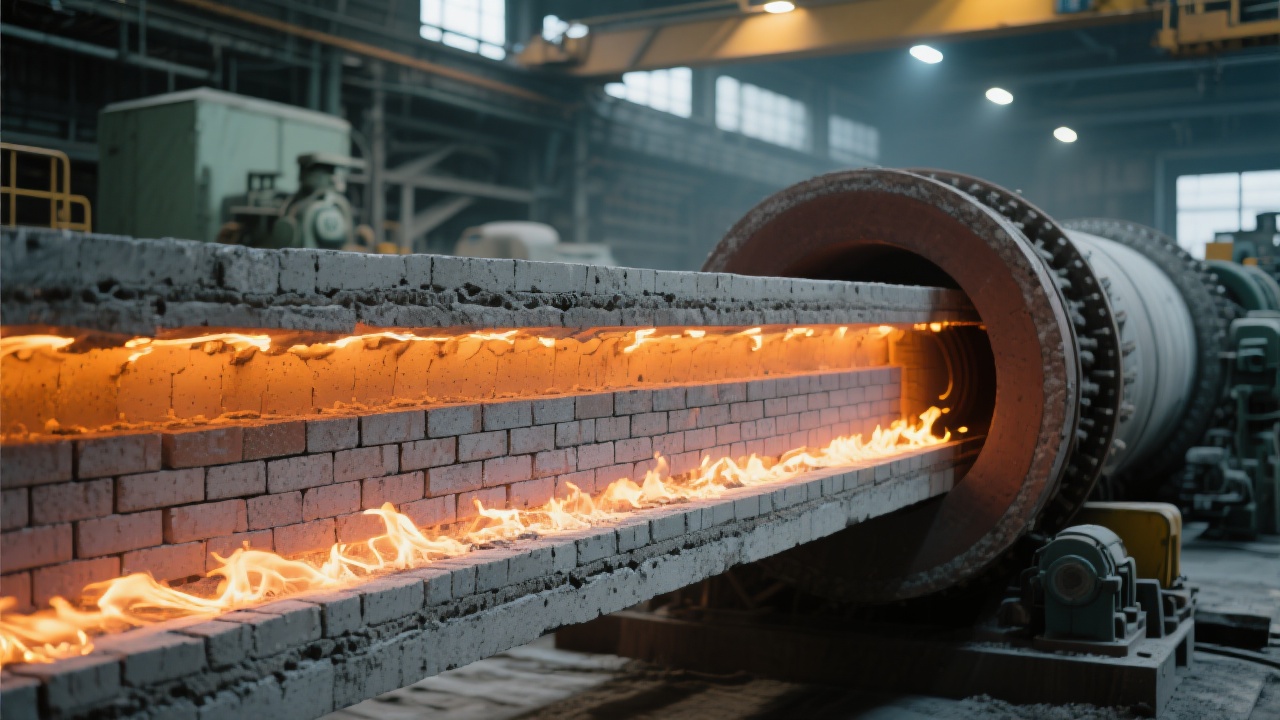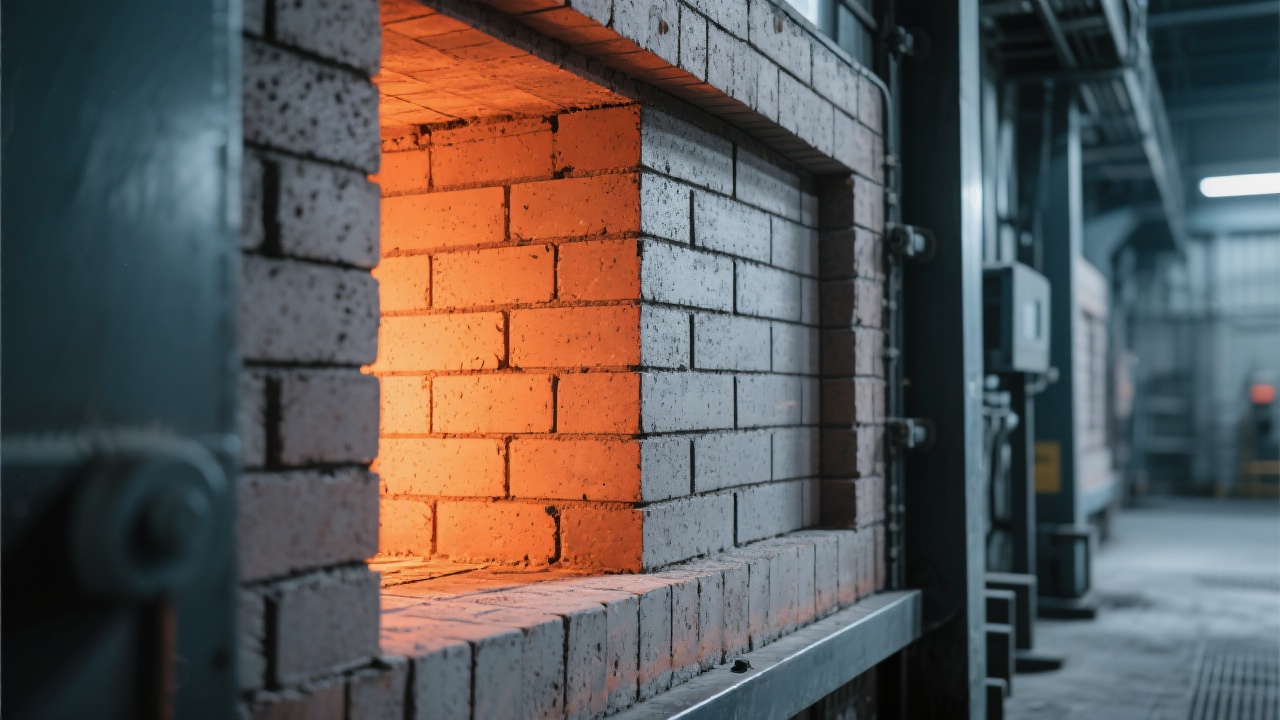
In steelmaking, refractory bricks are constantly exposed to rapid temperature changes—especially during tapping, heating, and cooling cycles. This makes thermal shock resistance not just a technical specification but a critical factor affecting furnace life, safety, and operational costs.
Thermal shock occurs when materials experience sudden temperature shifts—such as pouring molten steel into a ladle at 1600°C followed by air cooling. The resulting stress can cause microcracks, spalling, or even catastrophic failure. According to industry data from a major Chinese steel plant, improving brick thermal shock resistance led to a 40% increase in lining lifespan and reduced unplanned downtime by 30%. That’s not just performance—it’s profitability.
Standards like ASTM C1288 (for ceramic refractories) and ISO 18934 provide standardized methods to measure this property. These tests simulate real-world conditions using controlled quenching cycles—from 1100°C to water immersion—to assess crack formation and structural integrity over time.
| Performance Metric | Traditional High-Alumina Brick | High-Performance Mullite/Red Zirconia Brick |
|---|---|---|
| Thermal Shock Resistance (cycles @ 1100°C → water) | ≤ 6 cycles | ≥ 15 cycles |
| Average Lining Life (months) | 8–10 | 14–18 |
| Cost per Ton of Steel (USD) | $0.08–$0.12 | $0.05–$0.07 |
Take the oxygen converter’s tap hole—a high-stress zone where bricks face repeated thermal shocks. A study by a European steel mill found that switching from standard high-alumina bricks to red zirconia-enhanced ones cut tap-hole replacement frequency from every 4 weeks to once every 9 weeks. That’s nearly a 50% reduction in maintenance labor and material cost.
The secret? Red zirconia bricks contain natural mullite-forming minerals that expand minimally under heat, reducing internal stress. When paired with optimized firing schedules (e.g., slow ramp-up to 1500°C), these bricks maintain structural integrity far beyond traditional options.

Not all furnaces are created equal. Electric arc furnaces (EAFs) require different thermal profiles than induction heaters or reheating furnaces. Understanding your specific operating cycle is essential before selecting a refractory system.
For facilities prioritizing uptime and long-term savings, red zirconia bricks offer a compelling alternative—not just because of their superior thermal shock resistance, but also due to lower energy consumption during production. One Indian steelmaker reported a 12% drop in fuel use after adopting advanced refractories, thanks to better heat retention.

If you’re evaluating refractory solutions for your next furnace upgrade, don’t rely solely on price tags. Look at the full lifecycle cost—including repair frequency, downtime, and energy efficiency.
Learn How Our Red Zirconia Bricks Extend Furnace Life by Up to 50%

